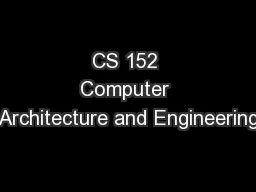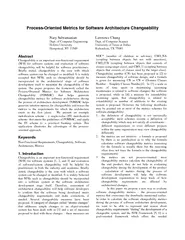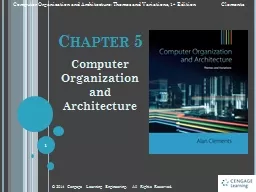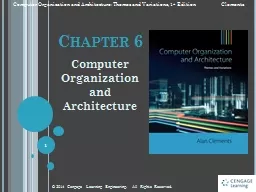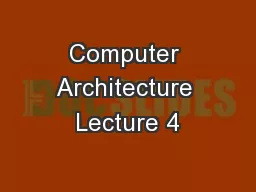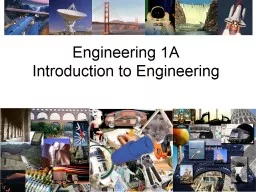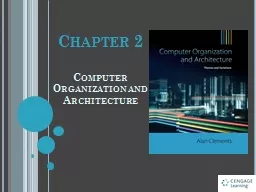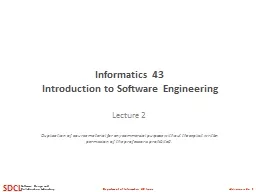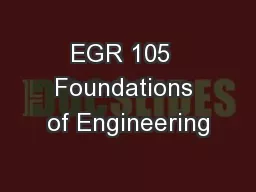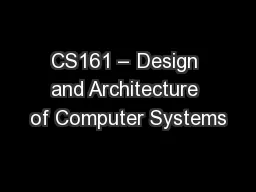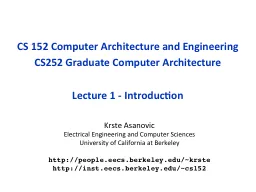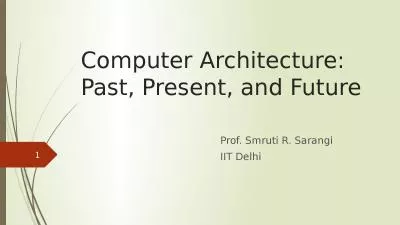PPT-CS 152 Computer Architecture and Engineering
Author : trish-goza | Published Date : 2018-11-07
Lecture 3 From CISC to RISC Dr George Michelogiannakis EECS University of California at Berkeley CRD Lawrence Berkeley National Laboratory httpinsteecsberkeleyeducs152
Presentation Embed Code
Download Presentation
Download Presentation The PPT/PDF document "CS 152 Computer Architecture and Enginee..." is the property of its rightful owner. Permission is granted to download and print the materials on this website for personal, non-commercial use only, and to display it on your personal computer provided you do not modify the materials and that you retain all copyright notices contained in the materials. By downloading content from our website, you accept the terms of this agreement.
CS 152 Computer Architecture and Engineering: Transcript
Download Rules Of Document
"CS 152 Computer Architecture and Engineering"The content belongs to its owner. You may download and print it for personal use, without modification, and keep all copyright notices. By downloading, you agree to these terms.
Related Documents

